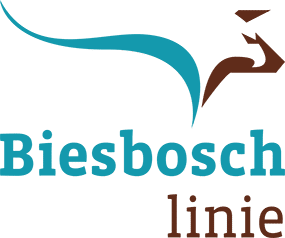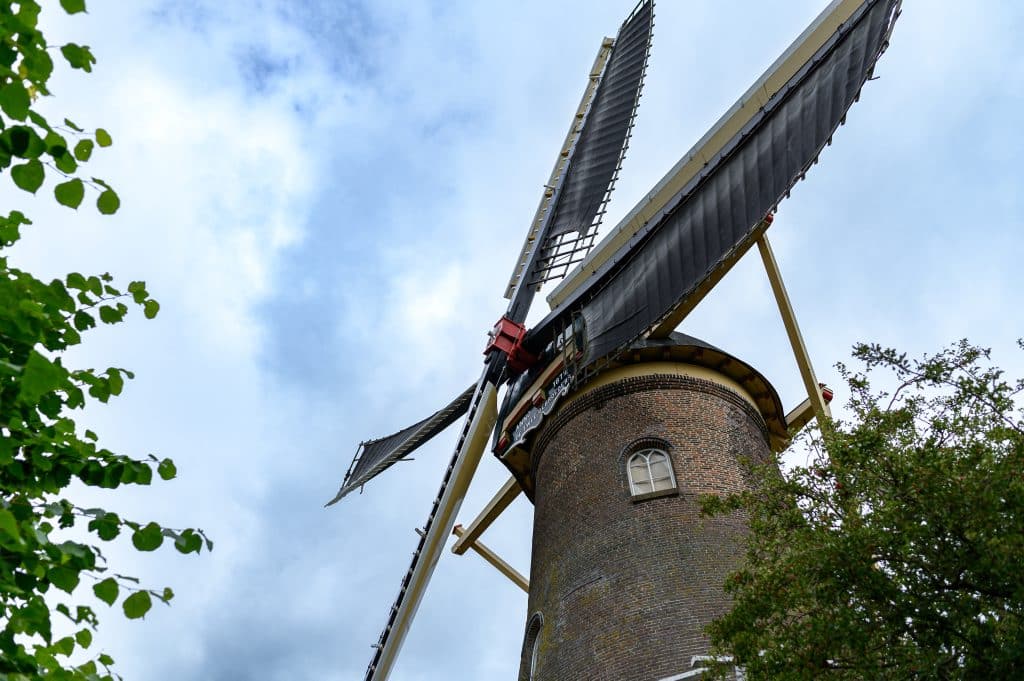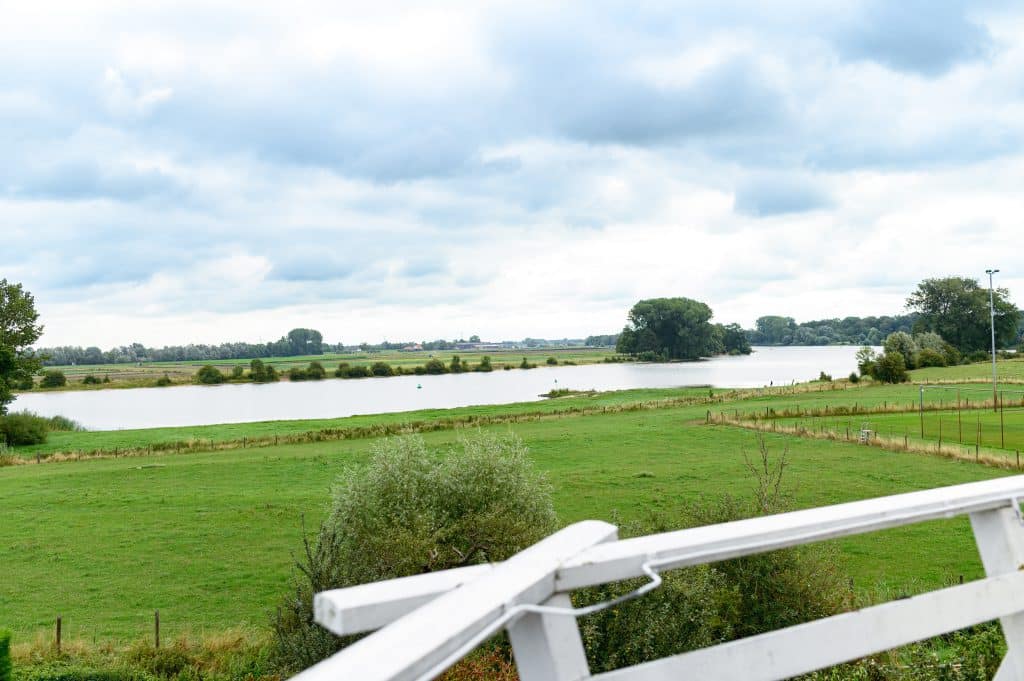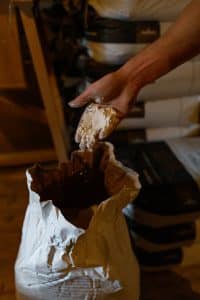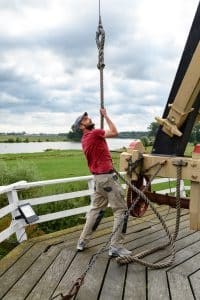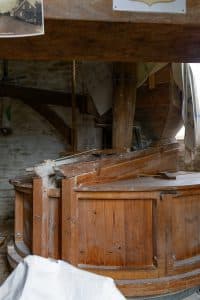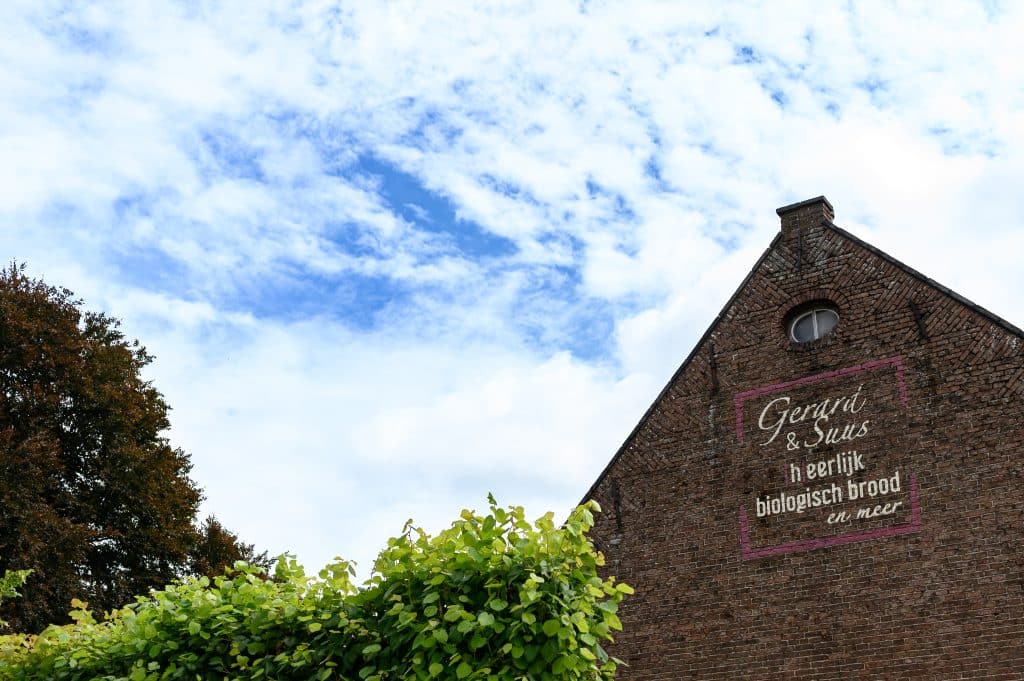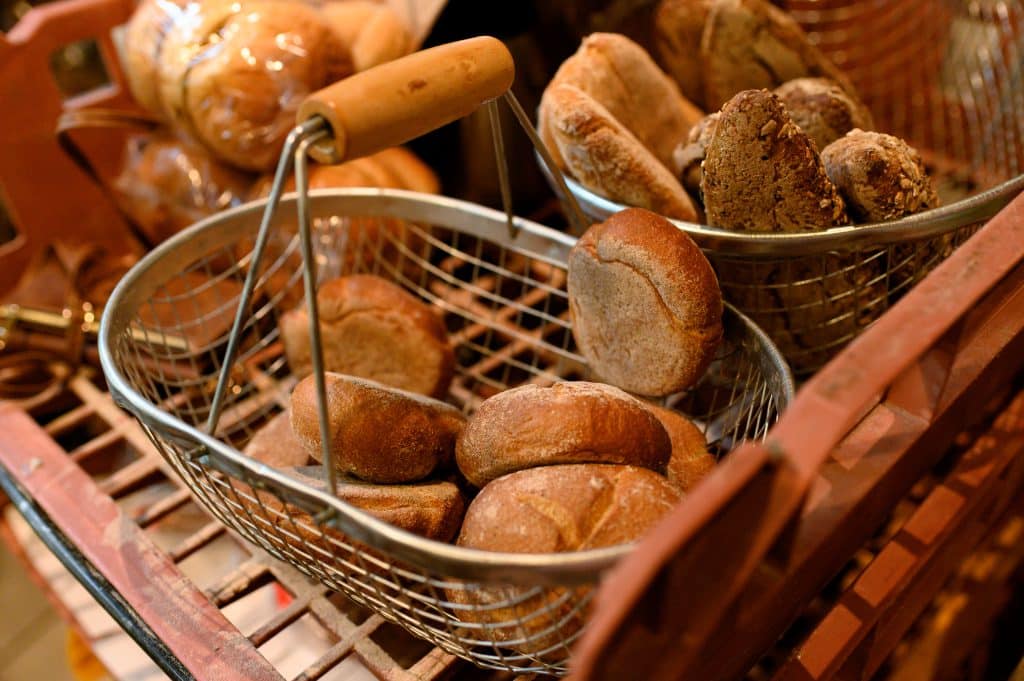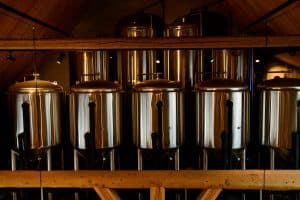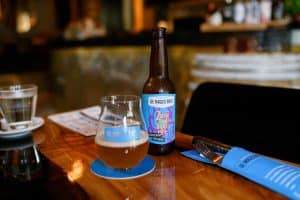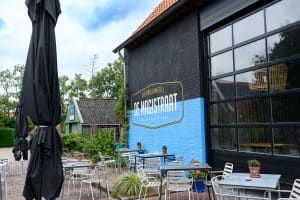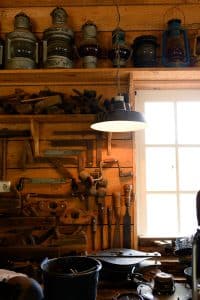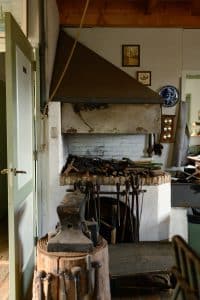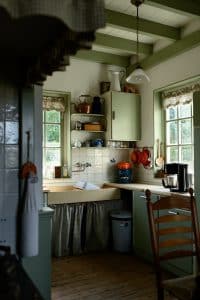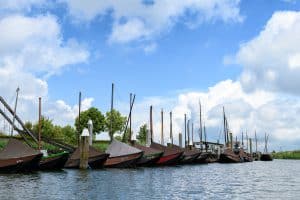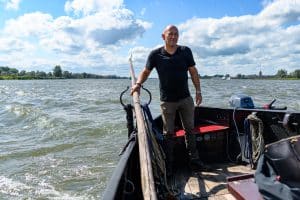Down the dike, down a side street and I'm in front of Bakery Hardeman. So close to the mill it is! Gerard and Suus are a household name in the area. With shining eyes full of passion, Gerard gives me a look inside the bakery where a soft smell of yeast wafts into my nose. The orange rising baskets are arranged on high shelves. The bakers let the bread rise for a long time, which benefits the taste. With that, they have to work well with the weather. Is the humidity high in the summer? Then the bread will rise faster.
After there came a moment in his life when he completely changed course, Gerard started a small bakery. Everything that came out of his hands was organic, no additives or manipulated ingredients. It went beyond just baking bread. Together with Suus, he delved into bread without gluten. By pioneering this landscape and making discoveries, he is now a much sought-after instructor worldwide. Out of that flowed the Dutch Baking School. Next to the bakery, a small space has been realized where instruction is given on organic and gluten-free baking.
